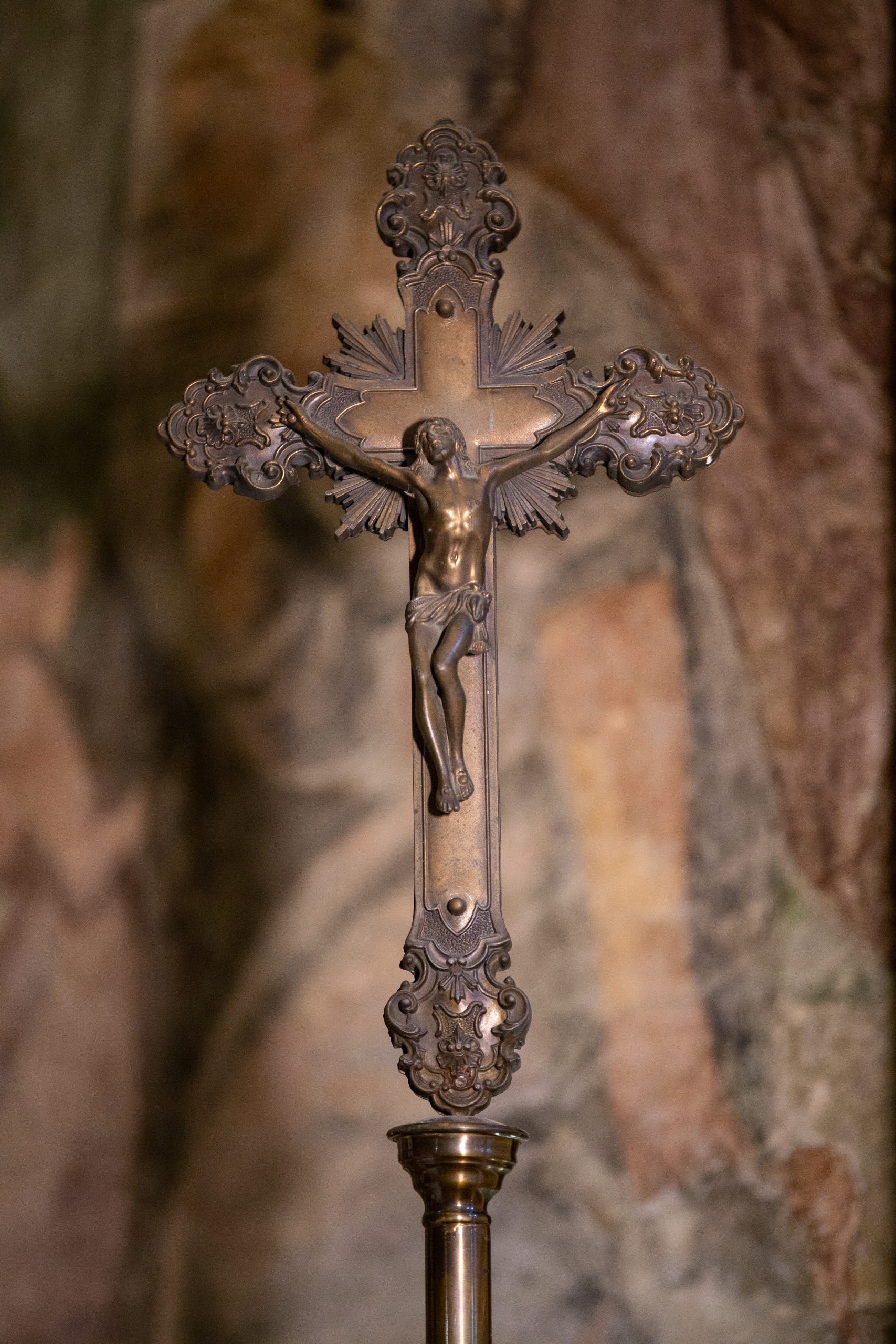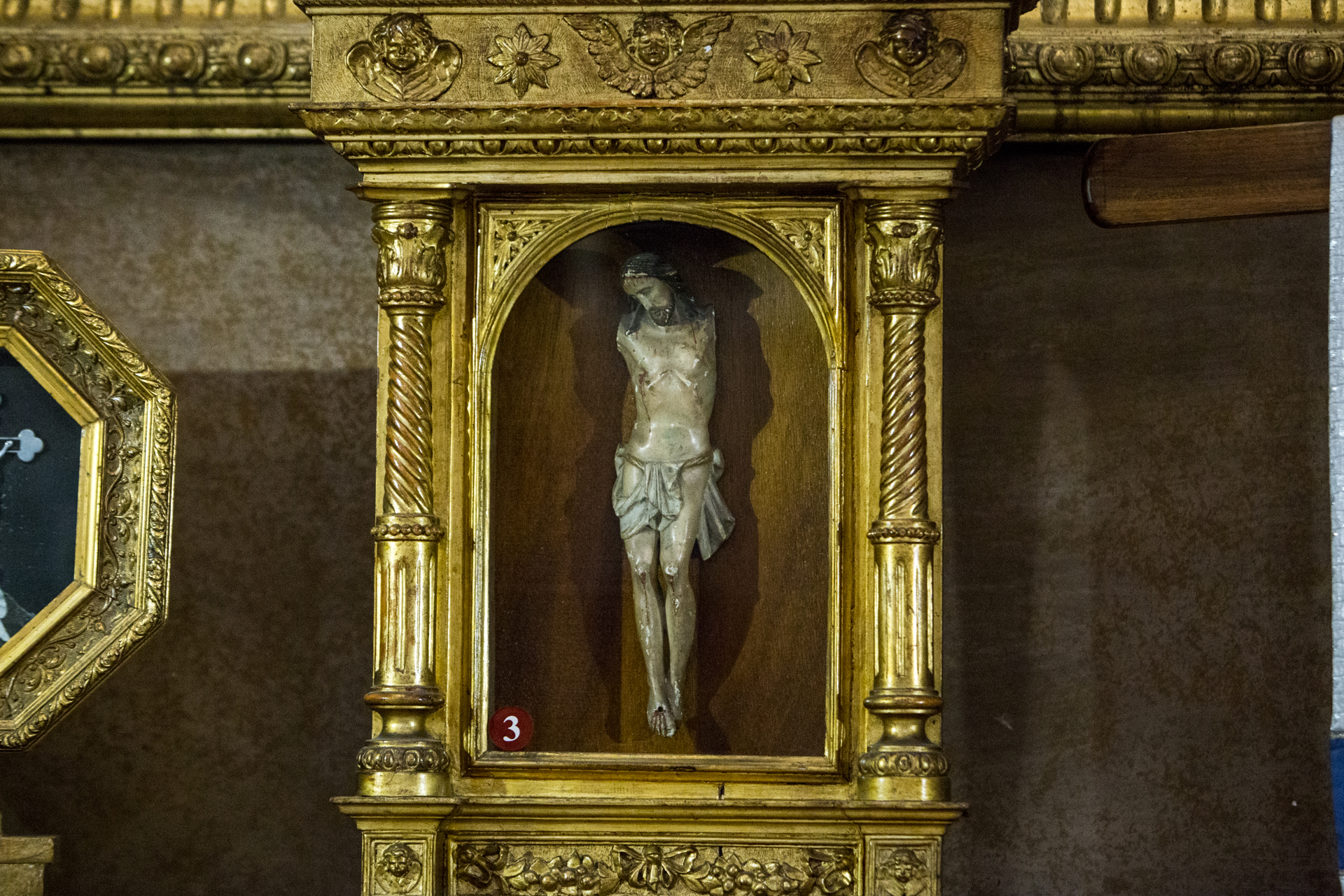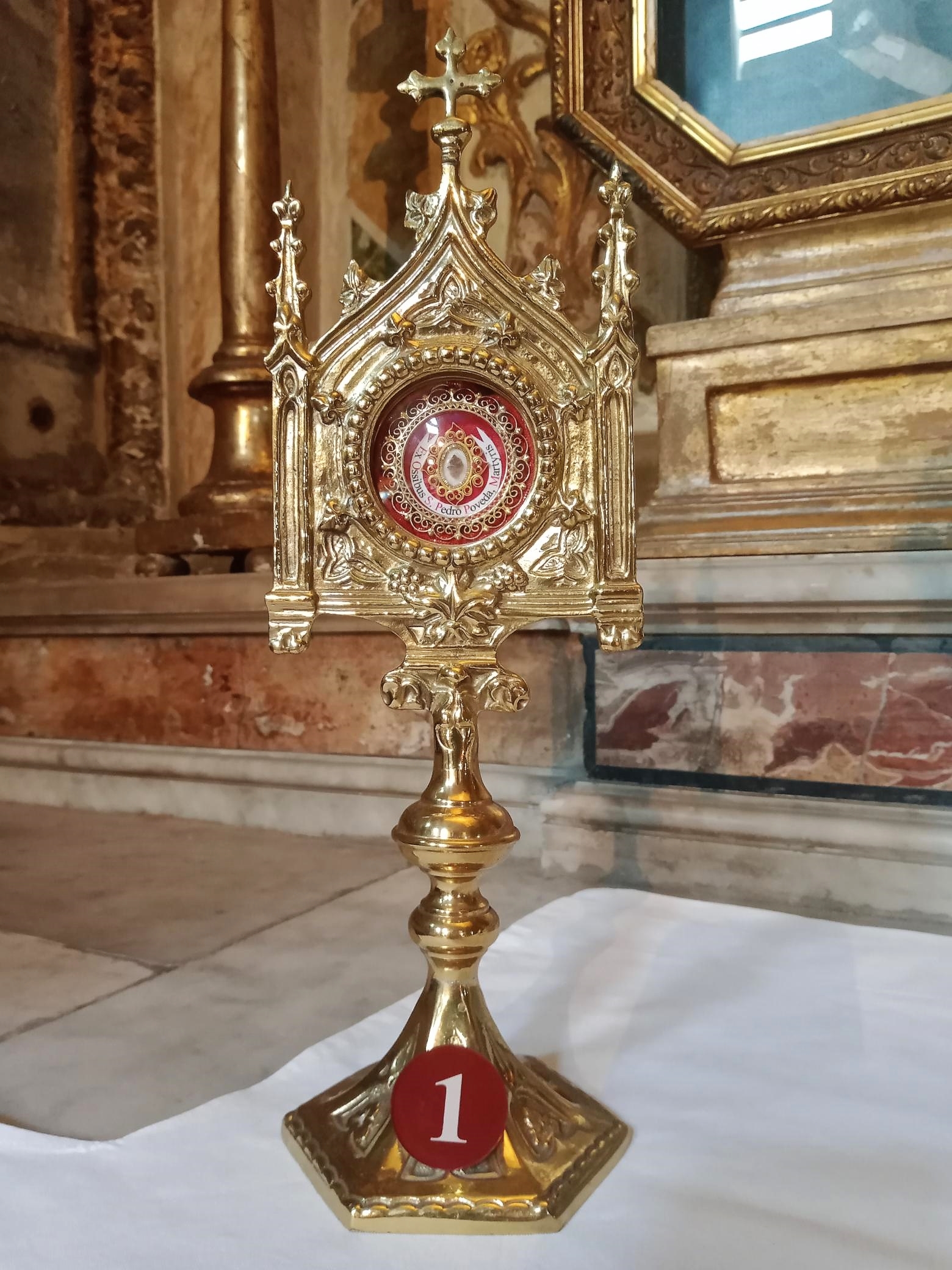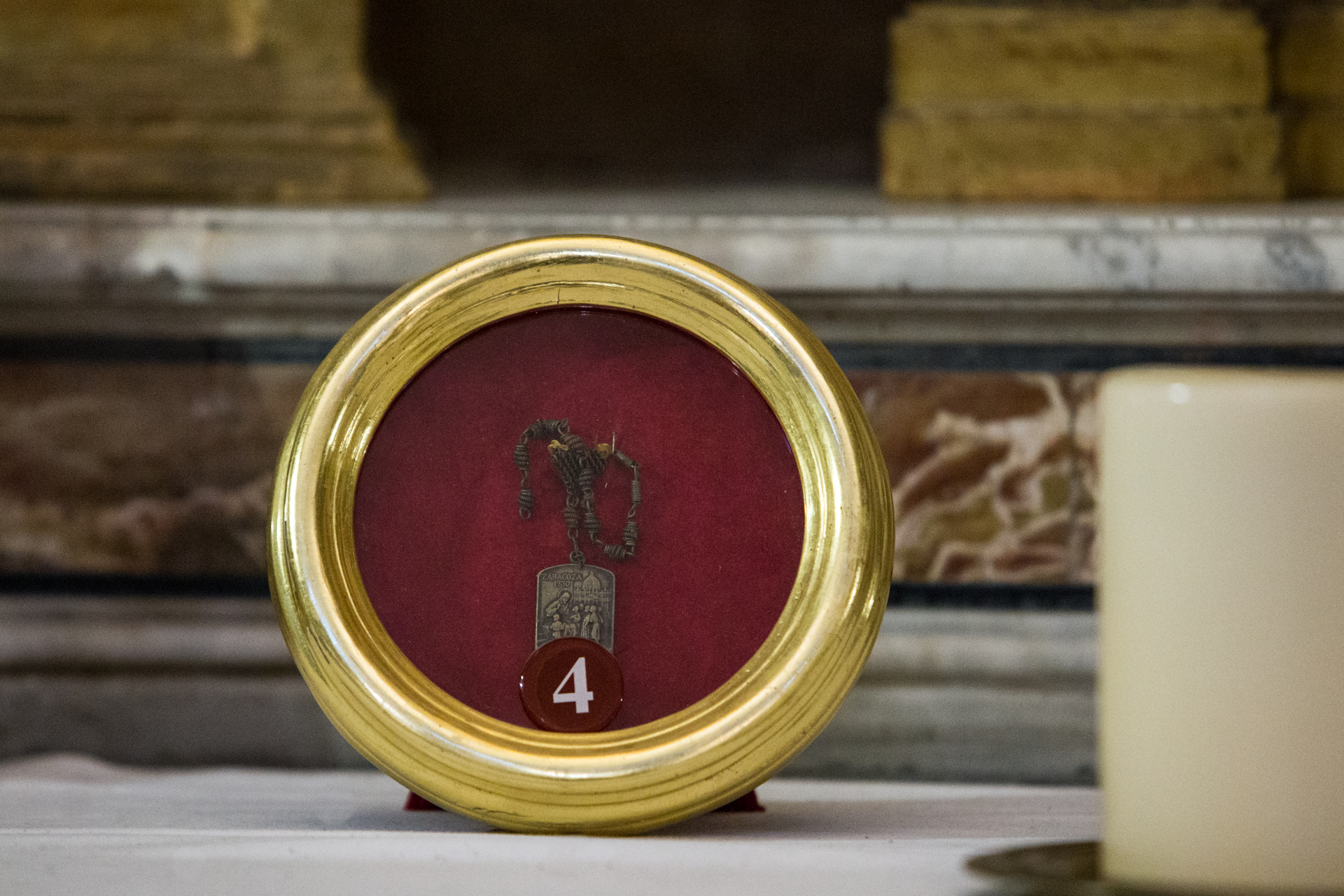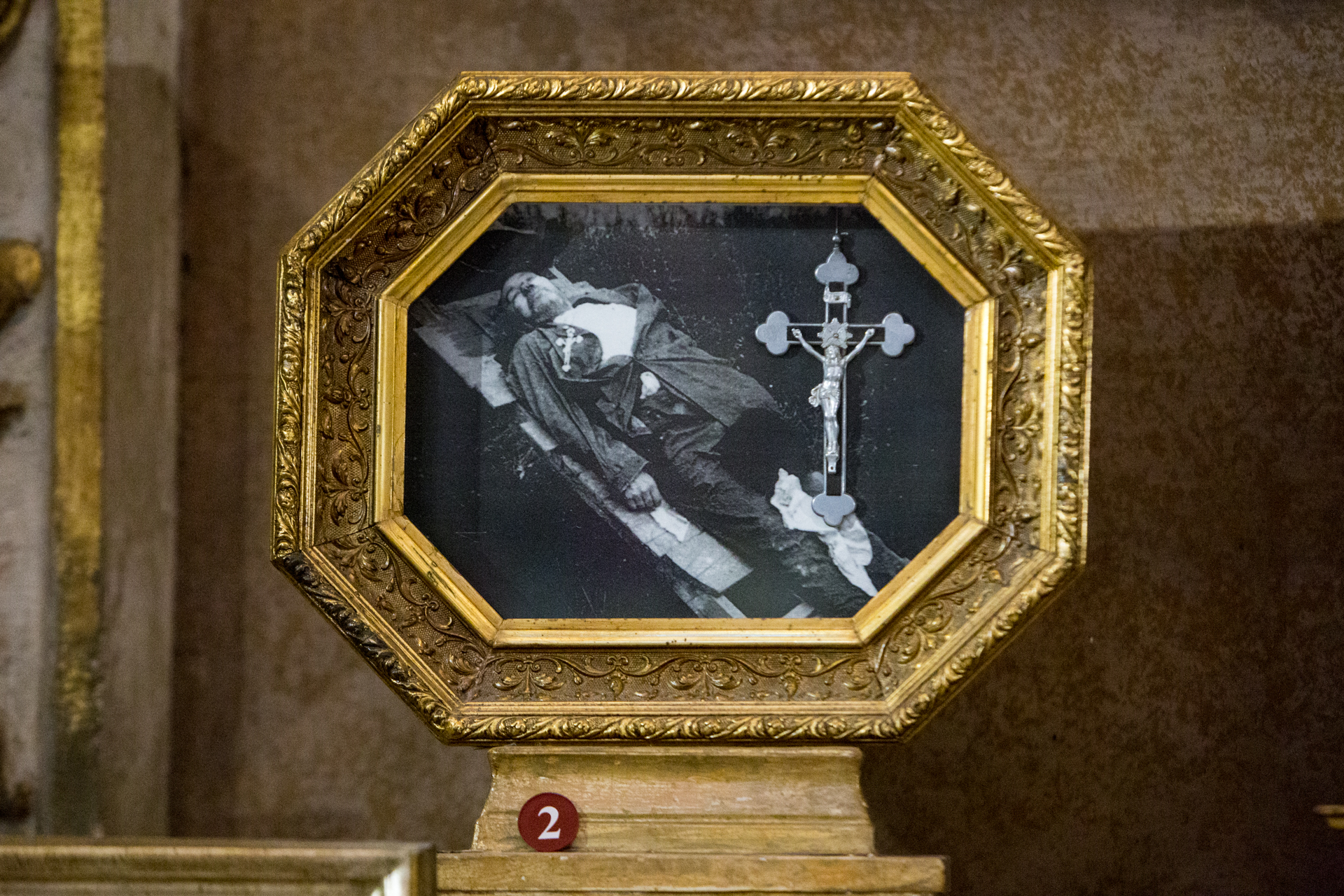Zeferino Jiménez Malla known as ‘El Pelé’, born in Benavent de Lérida in 1861 and shot in the cemetery of Barbastro in Spain in the summer of 1936.
Zeferino Jiménez Malla was born in Spain in 1861 and experienced the poverty and precariousness of nomadic life from an early age. He works as a weaver of baskets and baskets, which he then sells from village to village. He has a large family to take care of, especially after his father leaves to live with another woman. At 18, he marries (in the gypsy way) Teresa Jiménez, they have no children but share over 40 years of happy life together. Everyone recognises him as a man of great honesty and authority, so much so that he holds the position of ‘chief’ of the gypsies of Barbastro.
One day, Zeferino carries on his shoulders and brings home, heedless of the danger of contagion, a wealthy landowner from Barbastro, sick with tuberculosis, who had fainted in the street due to a blood spill. As a result of this act of generosity, his life takes a positive economic turn. In fact, his family rewarded him with a large sum, with which he embarked on a profitable mule trade that brought him an enviable level of prosperity.
In his trade and sudden affluence he maintains his honesty, not admitting fraud even from other gypsies. However, one day he is imprisoned because two animals he bought turned out to be stolen: more than enough to accuse him of receiving stolen goods.
His gypsy origin and the racial prejudice that makes every gypsy a potential crook weigh on his arrest and trial. Acquitted for having demonstrated his good faith and complete extraneousness to the theft, the Pelé, as he was amicably called, continued his business activities with generosity: he helped anyone in need and helped the poor, most often in secret from his wife who did not share his prodigality. Above all, Zefirino is a convinced Christian, always carries the rosary beads with him, takes an active part in religious associations, never misses a date with night adoration and mass, and especially since, he regularised his position with religious marriage and was able to approach the sacraments.
The revolution of 1936, which unleashed anti-religious hatred, failed to change his courageous profession of faith in the slightest: Arrested in July, because he had defended a priest and because they had found the rosary beads in his pockets, which he never put down, even when influential friends promised him immediate release if he avoided being seen with the beads in his hands, he was shot at the beginning of August, still and always with the beads in full view, together with his bishop, with whom he was beatified by John Paul II in 1997, who proclaimed him Patron Saint of all Roma in the world
On 11 June 2011, during a prayer vigil attended by Roma and Sinti who had come to Rome to attend the Pope’s audience, a fragment of the rosary belonging to Blessed Zeferino was handed over to the Martyrs’ Memorial.
